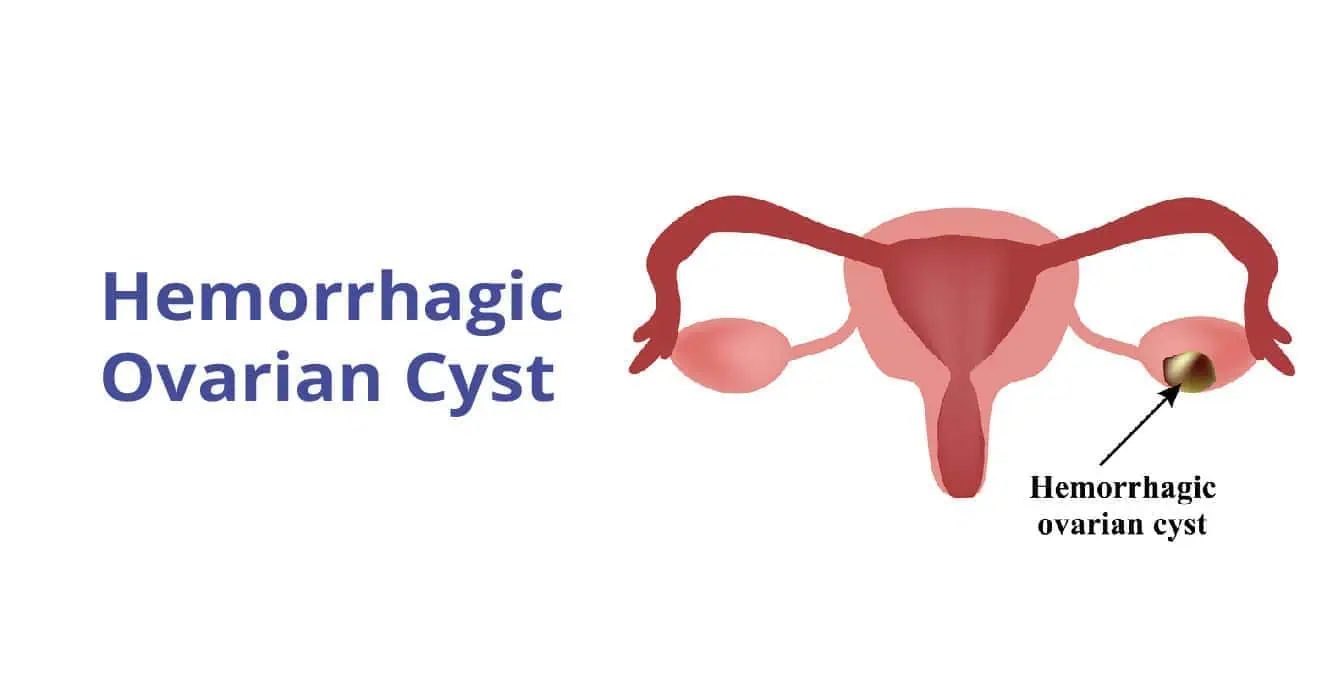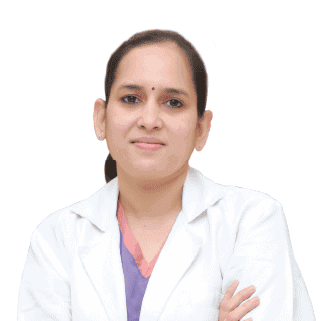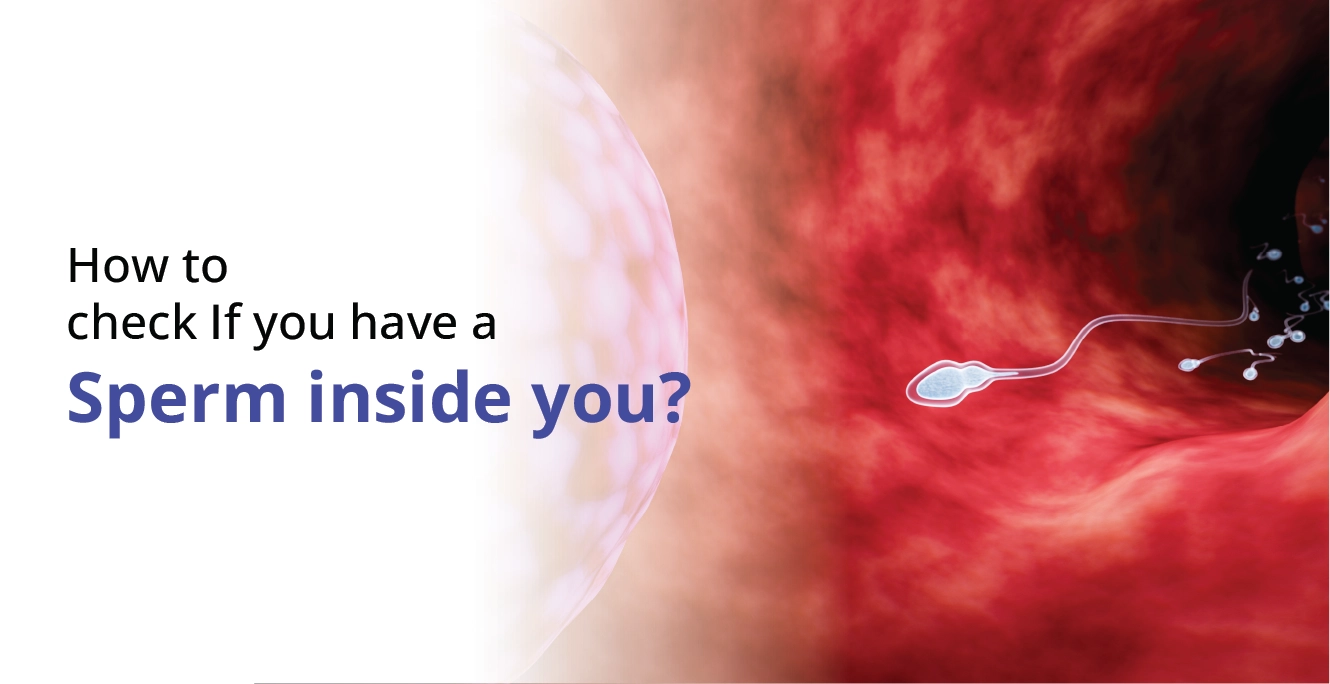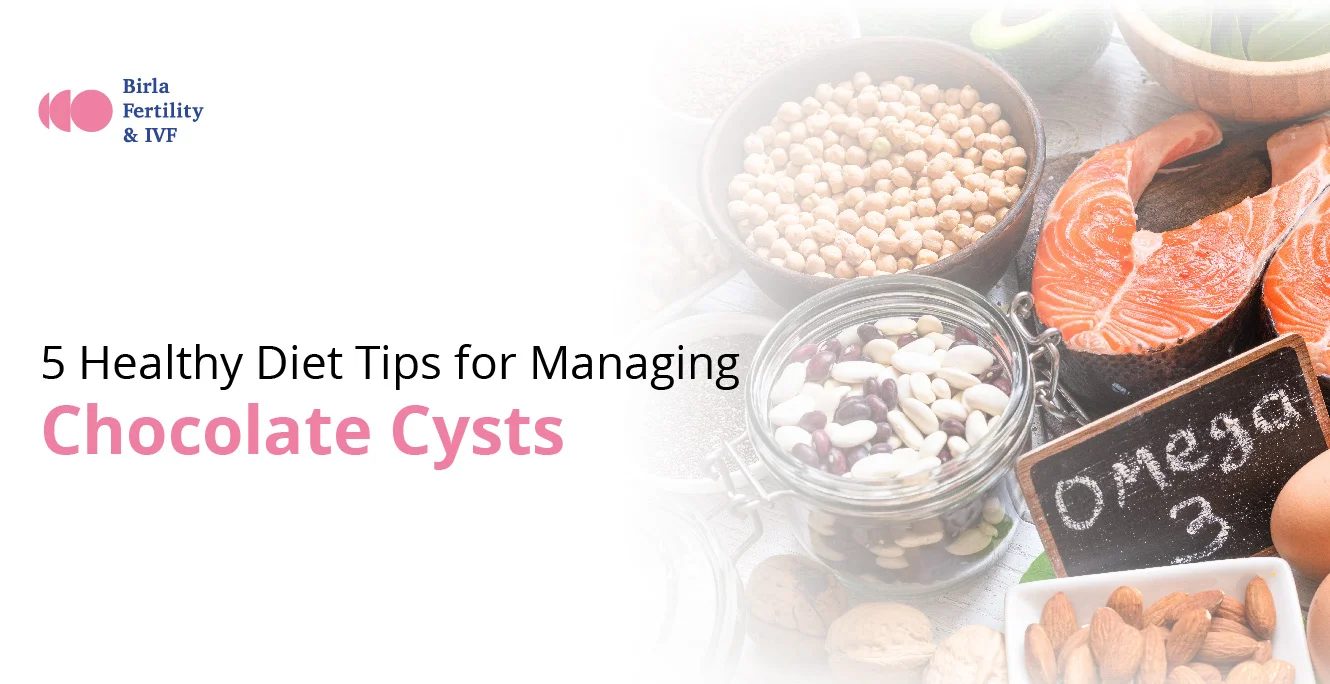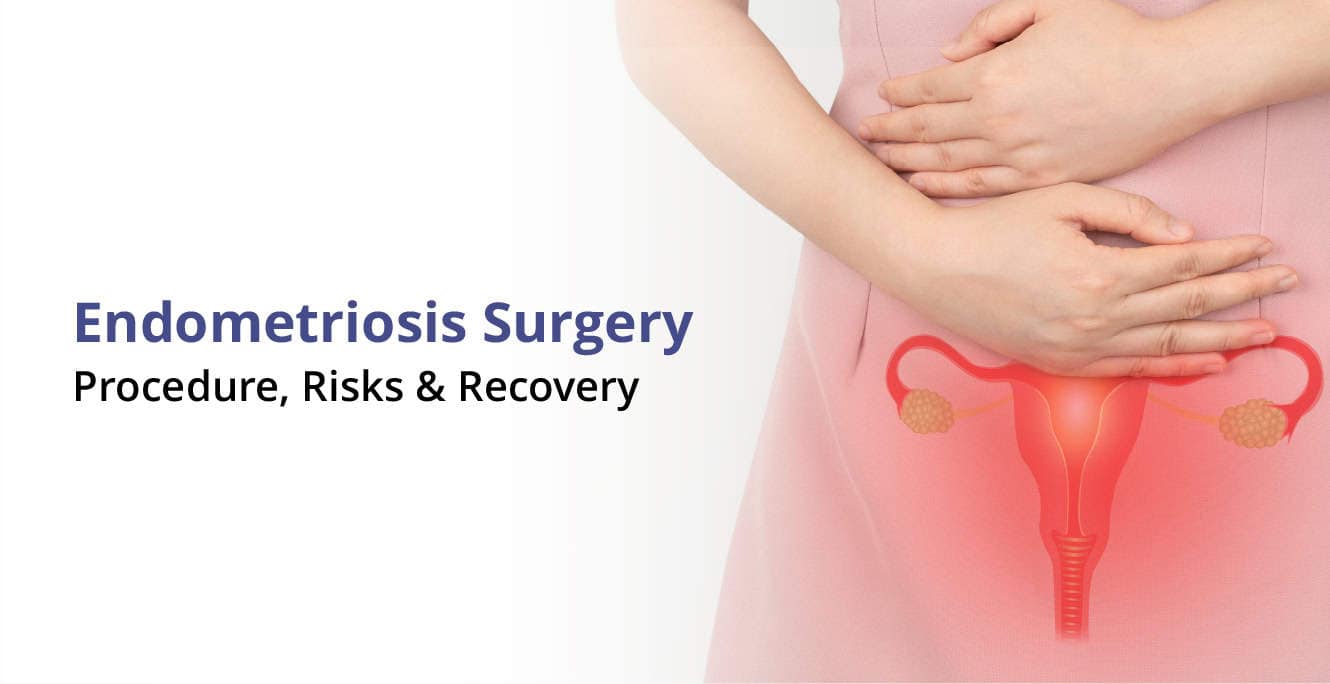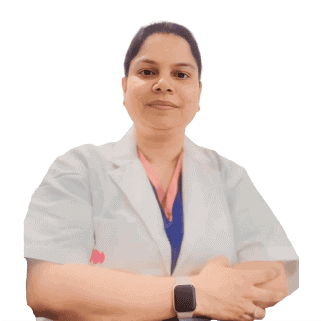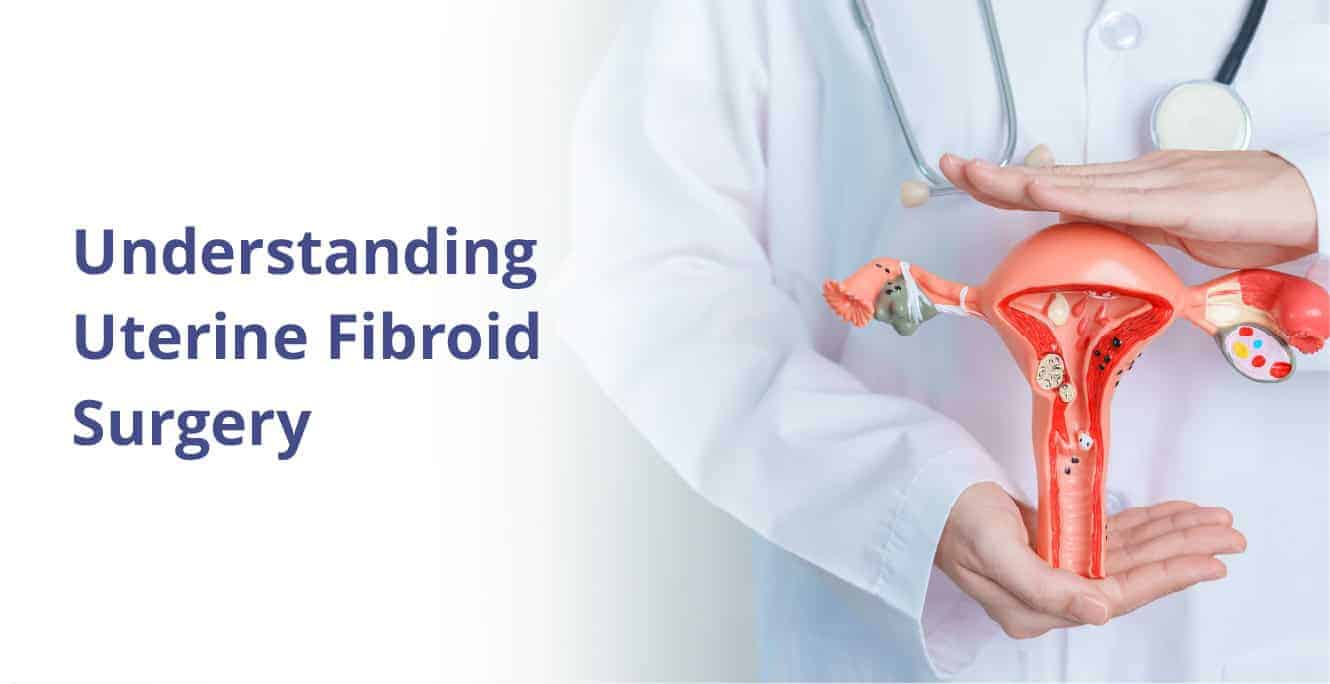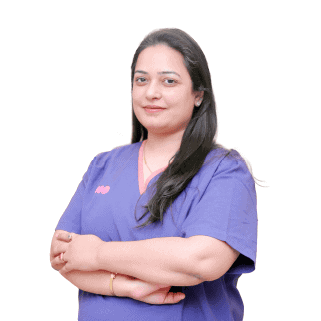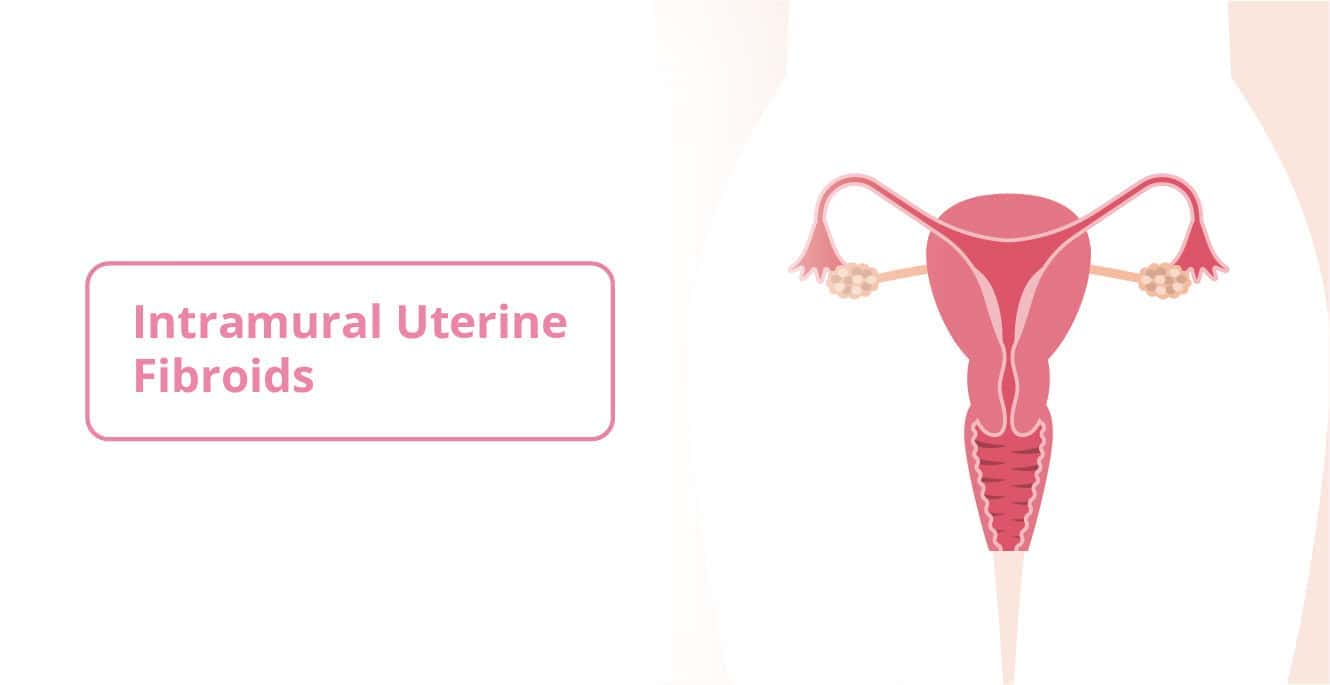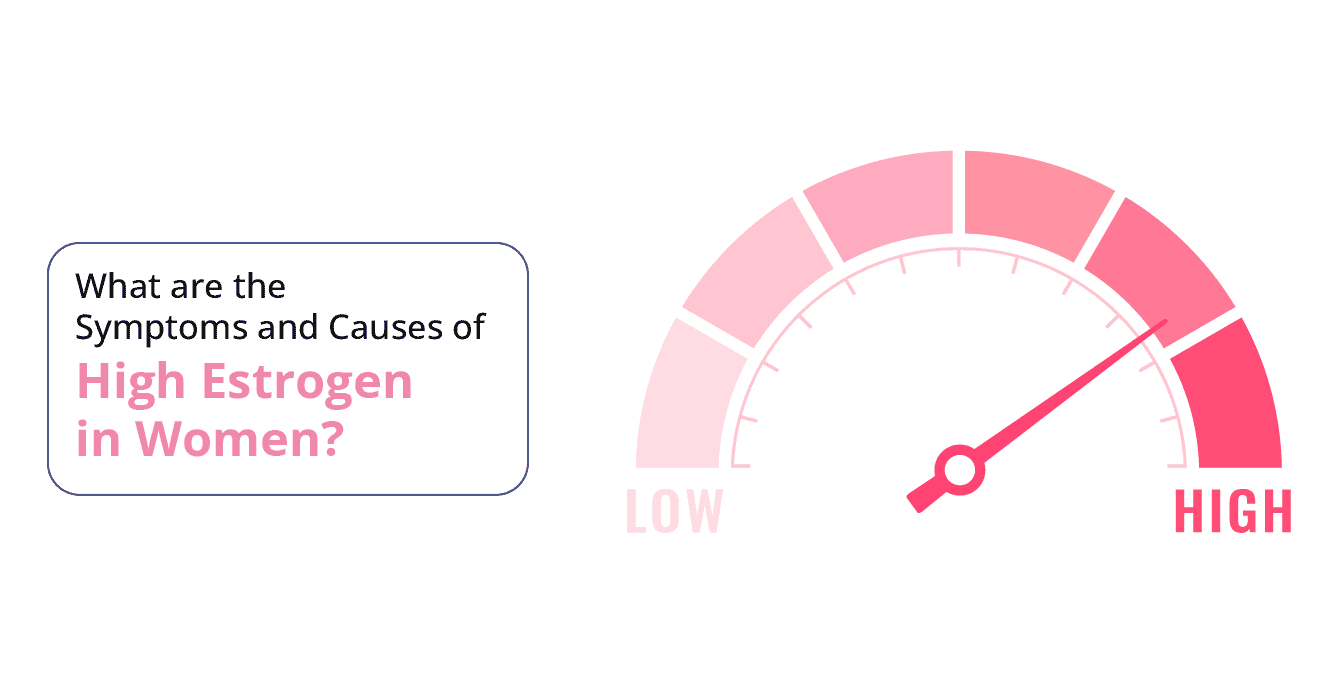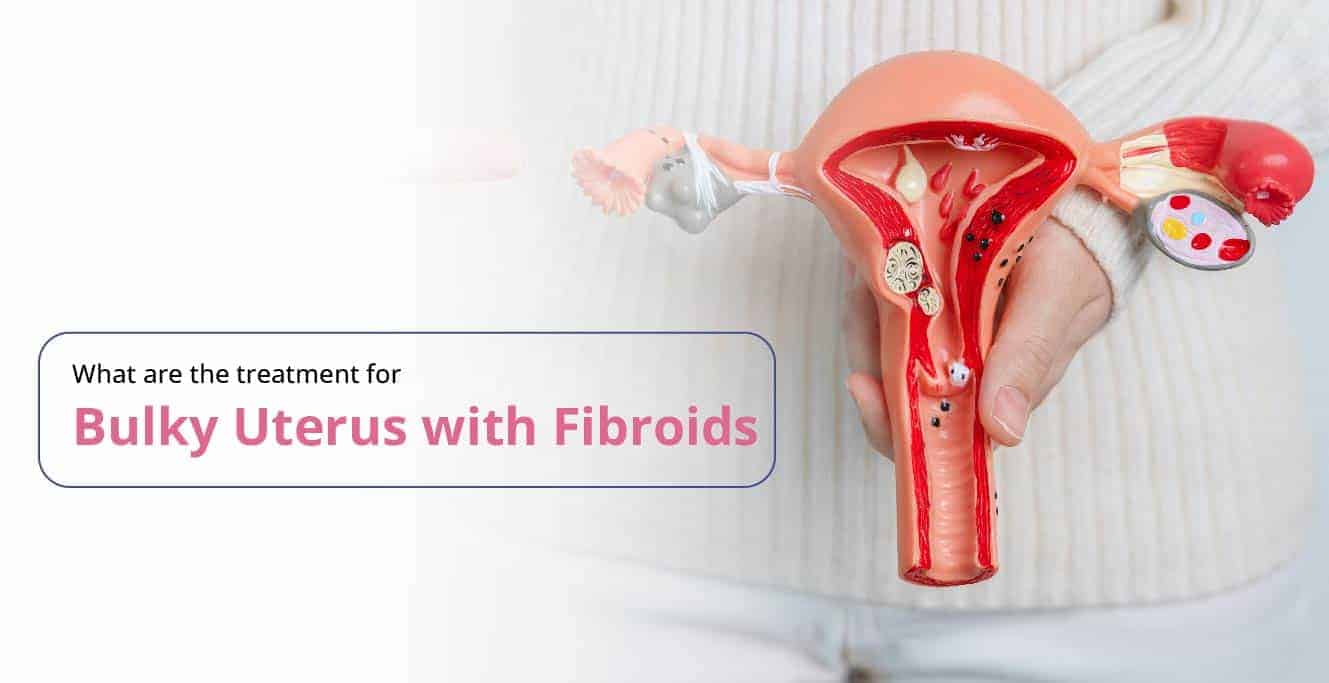Ever wondered what happens when an ovarian cyst takes an unexpected turn? Hemorrhagic ovarian cysts arise when internal bleeding occurs within functional ovarian cysts, particularly in menstruating women who haven’t hit menopause yet. These cysts are often a byproduct of the ovulation process. Ovarian cysts are fluid-filled or solid sacs on or inside the ovary, which typically resolve on their own, causing no trouble.
Let’s understand hemorrhagic cysts with an example –during a typical menstrual cycle, an egg bursts from a follicle. If the follicle doesn’t seal properly and starts bleeding, it transforms into a hemorrhagic cyst. Though usually harmless, these cysts can occasionally trigger discomfort or pain. Read more to know the common symptoms of it.
Hemorrhagic Cyst
A hemorrhagic ovarian cyst forms when a small blood vessel in a cyst on the ovary breaks, causing bleeding. You might feel some discomfort or pain because of it. These cysts often appear during the menstrual cycle and can cause discomfort.
If you’re diagnosed with a left ovarian hemorrhagic cyst or a right ovarian hemorrhagic cyst, don’t worry too much. It’s a common condition, and doctors often monitor or treat it to avoid any hemorrhagic ovarian cyst complications.
Right vs. Left Ovarian Hemorrhagic Cyst
Hemorrhagic cysts can happen in either the right or left ovary. There’s no real difference between the two in terms of how they form or the symptoms they cause. The only thing that might be different is where you feel the pain – if the cyst is on the right side, you might feel pain on the right side of your belly.
Types of Hemorrhagic Ovarian Cyst
There are a few different types of hemorrhagic cysts:
- Corpus luteum hemorrhagic cyst
- Follicular hemorrhagic cyst
- Ruptured hemorrhagic ovarian cyst
- Complex hemorrhagic ovarian cyst
- Endometriotic hemorrhagic cyst (chocolate cyst)
- Recurrent hemorrhagic ovarian cyst
- Hemorrhagic cyst with ovarian torsion
- Hemorrhagic dermoid cyst
Size of Hemorrhagic Ovarian Cysts
Hemorrhagic cysts can be different sizes:
- 2 cm ovarian cyst: These are pretty small and usually don’t cause any problems. They often go away on their own.
- 3 cm ovarian cyst: Cysts this size might need to be watched, but they often don’t need treatment.
- 4 cm ovarian cyst: This is about the average size of a hemorrhagic cyst. They might start causing some pain or discomfort.
- 5 cm ovarian cyst: Cysts bigger than 5 cm are considered large. They might need surgery if they don’t go away or if they’re causing a lot of pain.
- 6 cm ovarian cyst: Big cysts like this are more likely to cause problems like rupture or twisting. Surgery is often needed.
Hemorrhagic Ovarian Cyst Symptoms
Smaller hemorrhagic ovarian cyst symptoms:
They are usually asymptomatic. However, larger cysts can show several symptoms, including:
- Sharp or dull pain in the pelvic region on the side of the cyst
- Heaviness in your abdomen/a constant feeling of fullness
- Bloating/swollen tummy
- Painful sexual intercourse
- Difficulty in emptying your bowel
- Frequent urge to urinate
- Irregular periods
- Heavy menstrual bleeding
- Lighter than normal/scanty periods
- Difficulty getting pregnant
Severe hemorrhagic ovarian cyst symptoms:
Below listed are a few severe hemorrhagic ovarian cyst symptoms, which require immediate medical attention:
- Sudden, severe pelvic pain
- Fever and vomiting along with pelvic pain
- Feeling faint, weak, and dizziness
- Irregular breathing
- Heavy, irregular bleeding between periods
Hemorrhagic Ovarian Cyst Causes
Hemorrhagic ovarian cysts are also functional cysts. They could emerge mainly due to the following reasons:
Ovulation Process:
An ovarian follicle develops and releases an egg during ovulation. Normally, the follicle shuts off and transforms into the corpus luteum (a temporary endocrine gland in the ovary) once the egg is expelled.
Blood Vessel Rupture:
Blood may occasionally pool inside the cyst as a consequence of rupture or leak in the blood vessels encircling the corpus luteum.
Hemorrhagic Cyst Formation:
The accumulation of blood within the cyst leads to the formation of a hemorrhagic cyst. This cyst appears as a fluid-filled sac with blood inside.
Menstruating Women:
Because hemorrhagic cysts are linked to the regular ovulation process, they are more common in women who are still in menstruation and have not yet entered menopause.
Follicular cyst:
During the menstrual cycle, eggs typically burst from follicles and move down the fallopian tube. But if a follicle fails to release the egg, it can grow into a cyst.
Corpus luteum cyst:
After releasing an egg, follicle sacs usually dissolve. If they don’t dissolve, extra fluid can build up, forming a corpus luteum cyst.
Hemorrhagic Ovarian Cyst Complications
While most hemorrhagic cysts go away on their own, they can sometimes cause problems like:
-
Rupture: If the cyst gets too big, it can burst and cause heavy bleeding inside your belly. This can be really painful and needs medical attention right away.
-
Ovarian torsion: The cyst can make your ovary twist around, cutting off its blood supply. This is super painful and can damage your ovary if not treated quickly.
-
Infection: In rare cases, the cyst can get infected, which can make you really sick.
Risk Factors of Hemorrhagic Ovarian Cyst
A few risk factors that have the potential to develop hemorrhagic ovarian cysts:
- Pregnancy: Sometimes, a follicle sticks on the ovary during pregnancy and can grow into a cyst.
- Endometriosis: Tissues from endometriosis can attach to the ovary and form cysts.
- History of Ovarian Cysts: Previous ovarian cysts increase the risk of developing more cysts in the future.
- Pelvic Infections or Pelvic Inflammatory Diseases (PID): Untreated or severe pelvic infections can spread to the ovaries, leading to cyst formation.
- Hormonal Imbalance: Taking fertility drugs or certain medications that disrupt hormone levels can increase the likelihood of ovarian cysts.
Hemorrhagic Ovarian Cyst Diagnosis
Your doctor will review your medical history and perform a physical exam to check for tenderness in the lower abdomen. In addition, the doctor will recommend a few diagnostic tests to detect the severity of the cysts:
Pelvic Exam:
A routine pelvic exam may detect an ovarian cyst. Further tests will depend on the cyst’s size and type to determine appropriate treatment.
Transvaginal Ultrasound:
This helps to identify cysts and their characteristics (solid, fluid-filled, or mixed).
CA 125 Blood Test:
If cysts are partially solid, this test assesses CA 125 levels in the blood to determine if they could be cancerous. Elevated CA 125 levels may indicate ovarian cancer risk but can also occur in noncancerous conditions affecting the reproductive organs.
Ovarian Cysts and Fertility
Most ovarian cysts do not affect fertility, but some conditions linked to cyst formation can. For example, women with endometriosis may develop cysts called endometriomas, which can impact egg quality. Polycystic ovary syndrome (PCOS) is another condition that leads to multiple small cysts and can disrupt ovulation.
If ovarian cysts are preventing pregnancy, treatments like lifestyle changes, medications, or IVF can help.
Ovarian Cysts and Ovarian Cancer
Most ovarian cysts are benign, but in rare cases, they can be linked to ovarian cancer. The risk increases with age, especially after menopause cysts that are large, solid, or have irregular borders may require further tests to rule out malignancy. If you have concerns, your doctor may recommend imaging or blood tests for better evaluation.
Other Types of Ovarian Cysts
Apart from hemorrhagic ovarian cysts, there are other types of ovarian cysts as well. These include:
- Functional cysts – This is the most common type of cyst which usually resolves on its own.
- Dermoid cysts – These cysts contain tissues like hair and fat.
- Endometriomas – These cysts may develop if someone has endometriosis and can impact fertility.
- Cystadenomas – Fluid-filled cysts that can grow large.
- Polycystic ovaries – They are linked with PCOS and irregular ovulation.
When Do Ovarian Cysts Become Serious?
Most ovarian cysts are harmless, but they can become serious if they:
- Grow larger than 5 cm
- Cause persistent pelvic pain or bloating
- Lead to painful intercourse
- Affect menstrual cycles, causing irregular periods
- Put pressure on the bladder or bowel
You should seek medical attention if you experience:
- Sudden and severe abdominal pain
- Nausea or vomiting
- Rapid breathing or dizziness (signs of internal bleeding)
- Fever (which could indicate infection)
Treatment of Ovarian Cysts
Self-care and Home Remedies
In many cases, simple self-care measures can help manage ovarian cysts:
- Apply heat – A heating pad can help relieve pelvic pain.
- Stay active – Regular exercise may support hormonal balance.
- Hydrate well – Drinking plenty of water helps with bloating.
- Manage stress – High-stress levels can impact hormonal health.
Medical Treatment
If a cyst is large, painful, or persistent, your doctor may recommend:
- Hormonal birth control – To prevent new cysts from forming.
- Pain relievers – To manage discomfort.
- Surgical options –Typically, when hemorrhagic ovarian cysts are less than 5cm in diameter and are asymptomatic, they don’t require any treatment and the doctor suggests mild medication or waiting to check whether they dissolve on their own. However, when the cysts are more than 5cm in diameter and show significant symptoms, then surgical intervention is required. Some of the cyst removal surgeries include:
Laparoscopy:
A minimally invasive procedure where a laparoscope is inserted through a small incision around your abdominal area to remove the cysts.
Laparotomy:
For larger ovarian cysts removal, a laparotomy is done by making a larger incision in the abdomen region. If ovarian cancer is suspected, you may be referred to a gynaecological oncologist for further evaluation and treatment discussions.
If ovarian cysts are affecting your ability to conceive, addressing them can also reduce the risk of recurrent miscarriage.
Hemorrhagic Cysts Diet
A balanced diet can help reduce inflammation and support ovarian health. Below is an overview:
| Foods to Add | Why? | Foods to Limit | Why? |
| Leafy greens (spinach, kale, etc.) | Rich in antioxidants and help reduce inflammation | Processed foods (chips, fast food) | Contain unhealthy fats that may trigger inflammation |
| Omega-3-rich foods (salmon, walnuts, flaxseeds, etc.) | Support hormonal balance and reduce cyst-related pain | Refined sugar & sugary drinks | Can lead to insulin spikes, worsening hormonal imbalances |
| Whole grains (brown rice, quinoa etc.) | Help regulate blood sugar and prevent hormone fluctuations | Red meat | Excess consumption may increase inflammation |
| Lean proteins (chicken, tofu, legumes, etc.) | Provide essential nutrients for tissue repair and hormone regulation | Excess caffeine (coffee, energy drinks) | Can interfere with hormone levels and increase anxiety |
| Anti-inflammatory foods (turmeric, ginger, green tea, etc.) | Reduce swelling and pain associated with cysts | Alcohol (beer, wine, liquor) | Can disrupt hormonal balance and worsen cyst symptoms |
Maintaining a healthy diet can also help with symptoms like like vaginal discharge and hormonal imbalances.
What Happens If an Ovarian Cyst Bursts?
If an ovarian cyst gets ruptured, it can cause the following:
- Sudden sharp pain in the lower abdomen
- Lightheadedness or dizziness in case there is significant bleeding
- Nausea or vomiting
- Internal bleeding, which may require immediate medical attention
Seek emergency care immediately if you suspect a cyst has burst and is causing severe pain.
How Long Does a Hemorrhagic Cyst Last?
Most hemorrhagic ovarian cysts resolve within a few weeks to a couple of months. Your doctor may monitor it through ultrasounds to track its progress and may suggest some treatment options if it does not improve or starts causing problems.
The Closing Note
Hemorrhagic ovarian cysts are common and often experienced by women in the reproductive age group. These cysts are mostly smaller, asymptomatic, harmless and dissolve on their own. In rare cases, when hemorrhagic ovarian cysts impact fertility, become larger and are painful, they require surgery. If you are diagnosed with ovarian cysts and not able to achieve conception, consult our fertility specialist today. To book an appointment, you can call us on the mentioned number or fill in the given appointment form with the required details and our medical coordinator will call you back shortly
Frequently Asked Questions (FAQ’s)
Is Hemorrhagic Ovarian Cyst Dangerous?
Most of the time, hemorrhagic cysts aren’t dangerous. But if they rupture or cause your ovary to twist, they can be serious and need treatment right away.
Can a Hemorrhagic Ovarian Cyst be Cancerous?
It’s really rare for a hemorrhagic cyst to be cancerous. Most of the time, they’re totally benign (not cancer).
How Long does a Hemorrhagic Ovarian Cyst Last?
A lot of hemorrhagic cysts go away on their own in about 6-8 weeks. One study found that almost 90% of them went away within 6 weeks without any treatment.


